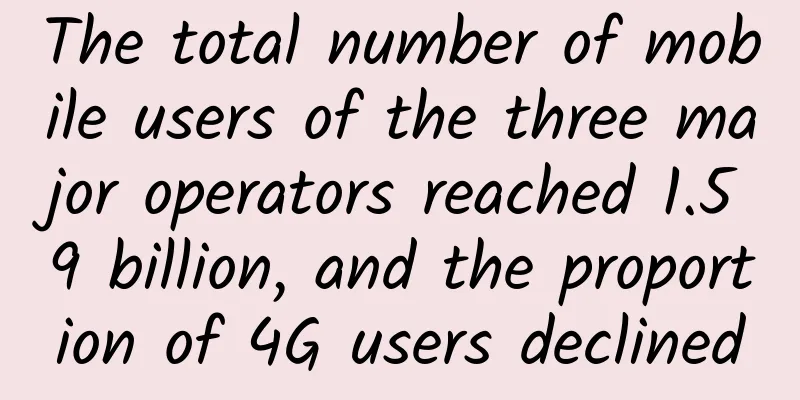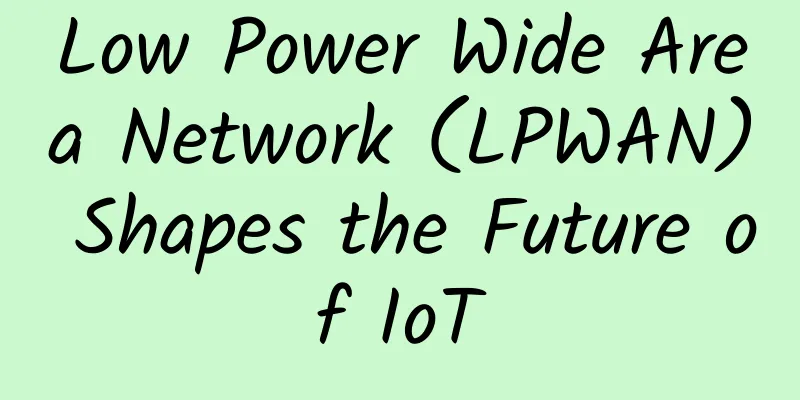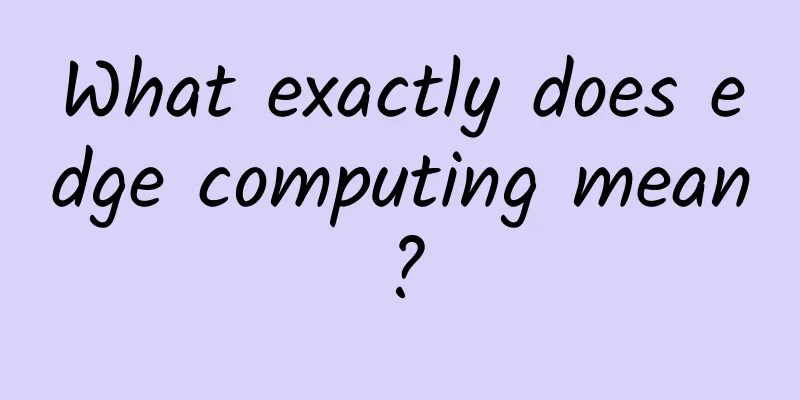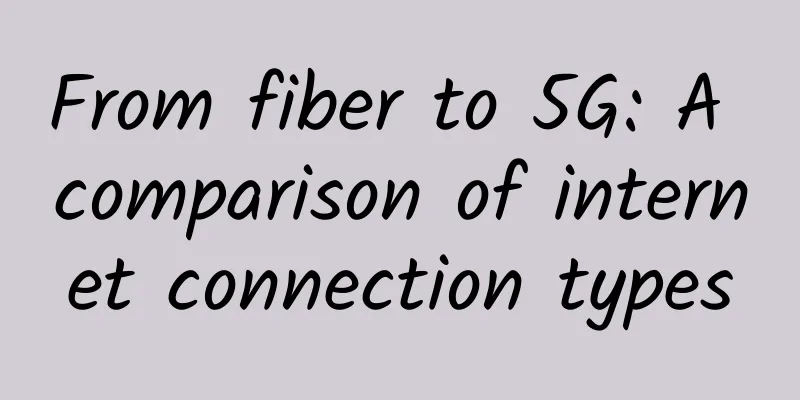What is fog computing and how does it relate to the Internet of Things?
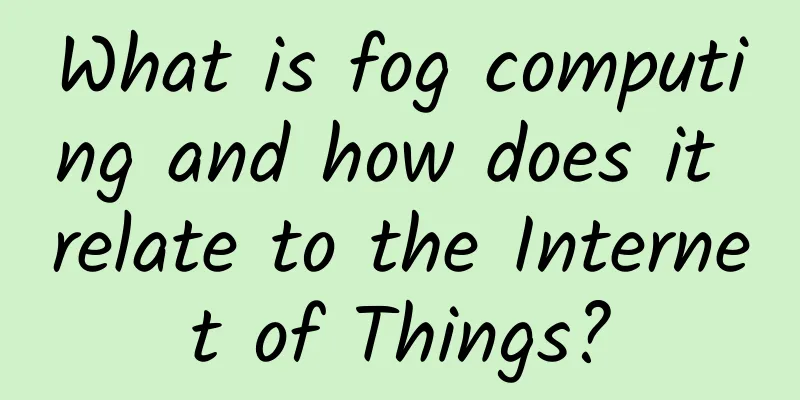
|
Fog computing is a distributed collaborative architecture that manages various specific applications or services between actual data sources and the cloud at the most effective location. This type of computing is effectively extending cloud computing functions and services to the edge of the network, bringing its advantages and functions to the closest place where data can be executed and operated. The main goals of fog computing The main goal of fog is to improve efficiency and eliminate network congestion that may occur when transferring data to the cloud for computing and storage. Usually it is to improve the efficiency of the entire process, but it can also be used to improve security and compliance regulations.
How does fog computing work? The devices that generate or even collect data do not have the computing power and storage resources to perform various advanced analytical calculations and machine learning tasks. Therefore, fog can play a role because it operates at the edge of the network, which is closer to the cloud in a sense. Cloud servers have all the functions required to complete these projects, but they are usually too far away to help in time. Because fog brings each endpoint closer, it can bring good results. In the fog environment, all processing procedures are usually carried out in specific smart devices or specific communication gateways. Therefore, all data sent to the cloud is effectively reduced. Fog computing and the Internet of Things Since cloud computing is not feasible for IoT devices, it is necessary to use fog computing instead. It provides better overall distribution capabilities, which ultimately better meets the needs of the Internet of Things. It can handle the size of data that these devices ultimately generate, which makes it an ideal computing method for processing them. Since fog computing can effectively reduce the amount of bandwidth required and reduce the round-trip communication required between the cloud and various sensors, it can help string everything together without reducing the overall performance of the program or device. This is something that fog computing can offer, especially when you consider IoT devices. Since these devices are very resource-intensive and demanding, they are prime candidates for taking advantage of fog computing. While latency can negatively impact some applications, it is generally a good option for these complex tasks and programs. |
<<: Whether to adopt blockchain is always a matter of choice
>>: Overview of Telecommunications Industry Development in 2017
Recommend
Operators’ worries: 4G die-hards unwilling to upgrade and “move”
Are you a 4G die-hard who is unwilling to move? I...
Three methods to tell you how to set IP for a project with more than 255 cameras? Why do IP addresses usually start with 192.168?
We work in weak current, and we have the most con...
Five minutes to help you understand the difference between Http and Https protocols?
In the Internet world, HTTP and HTTPS are the two...
Nginx log analysis: writing shell scripts for comprehensive log statistics
Nginx is a high-performance HTTP and reverse prox...
Is there many obstacles in the development of the Internet of Things? A brief discussion on the pain points of IOT development
In modern society, the Internet of Things, which ...
Is the network model seven layers, five layers, or four layers?
When we are doing network development, we often h...
Learn RTMP and RTSP streaming protocols in seconds
RTMP and RTSP are two common streaming protocols....
The Legend of Network Protocols (IV): Be Careful in the Evolutionary Path
Vinton Cerf, who is revered as the "Father o...
[Black Friday] Summary: Yunding Internet/Megahertz Cloud/Fluorescent Cloud/Journey Cloud
The blog has received some emails from merchants ...
Let's talk about HTTP/3, QUIC, how do they work?
Why do we need HTTP/3? One important reason is to...
Exploration of DNS, HTTP, ICMP and shifen
Hello friends, in this section I will share the I...
Justhost: 20% off all VPS, 200M unlimited data, monthly payment from $1.34 in Russian data center
Justhost.ru is a Russian hosting company founded ...
Facebook: An innovative data center network topology
[[126753]] Aerial view of Facebook's data cen...
UCloud: Kuaijie Cloud Server (Ulanqab) starts from as low as 37 yuan in the first year
UCloud has recently launched the Golden Autumn Ca...
DMIT Japan International Line KVM monthly payment 20% off from $8.72, annual payment 50% off, supports PayPal/Alipay
DMIT.io is a foreign hosting company founded in 2...



